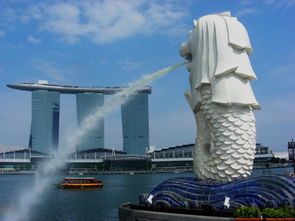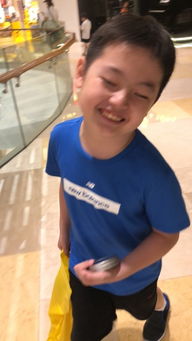Unied: A Comprehensive Framework for Advanced Vehicle Detection and Annotation
Have you ever wondered how vehicles are detected and annotated in real-time? The process might seem complex, but with the advent of advanced frameworks like Unied, it has become more accessible than ever. In this article, we will delve into the intricacies of Unied, a unified framework designed for fast vehicle detection and annotation. Get ready to explore the fascinating world of computer vision and machine learning.
Understanding Unied

Unied is a state-of-the-art framework that combines the power of deep learning with computer vision techniques. It is designed to detect vehicles in real-time and annotate them with various attributes such as pose, color, and type. This makes Unied a versatile tool for a wide range of applications, including autonomous driving, traffic monitoring, and surveillance.
The Core Components of Unied

Unied is composed of two main components: the Fast Vehicle Proposal Network (FVPN) and the Attribute Learning Network (ALN). Let’s take a closer look at each of these components.
Fast Vehicle Proposal Network (FVPN)
The FVPN is a shallow, fully convolutional network that serves as the backbone of Unied. It consists of three convolutional layers, followed by max pooling and ReLU activation functions. The third convolutional layer is split into three branches, each responsible for a different task:
- convfcclass: Outputs softmax probabilities for positive and negative samples, indicating the likelihood of a vehicle being present in the input image.
- convfcbbr: Represents the bounding box coordinates of positive samples, allowing for accurate localization of vehicles.
- convfckonwledge: Learns latent data-driven knowledge extracted by the ALN, enabling the FVPN to make better predictions.
Each branch uses a different loss function: softmax loss for convfcclass, smooth L1 loss for convfcbbr, and cross-entropy loss for convfckonwledge.
Attribute Learning Network (ALN)
The ALN is based on the GoogLeNet architecture and has been extended with four additional fully convolutional layers to create a multi-attribute learning model. The multi-task network uses four softmax loss layers to optimize for the following tasks:
- Whether or not a vehicle is present in the input image.
- The pose of the vehicle.
- The color of the vehicle.
- The type of the vehicle.
The loss function for each task is softmax loss, ensuring that the ALN can accurately predict the desired attributes.
Training Unied

Unied is trained on the CompCars database, which contains a diverse set of vehicle images. The ALN input image resolution is 224×224, while the FVPN input resolution is 60×60. The ALN’s pool5/77s1 layer, which has a 1024-dimensional feature vector, is used to supervise the learning of the same-dimensional features in the FVPN. This cross-entropy loss function helps to ensure that both networks are trained effectively.
Vehicle Proposal Extraction
Unied uses a 10-layer image pyramid to input images into the FVPN. The resulting鐑害鍥?(heatmaps) are then combined into a single proposal score map. Low-threshold bright spots are filtered out, and a circle scanner is used to scan for local extrema. These local extrema represent potential vehicle locations, which are then used to generate accurate vehicle proposals.
The Benefits of Unied
Unied offers several benefits over traditional vehicle detection and annotation methods:
- Accuracy: Unied’s deep learning-based approach ensures high accuracy in vehicle detection and annotation.
- Speed: The FVPN’s shallow architecture allows for fast processing, making Unied suitable for real-time applications.
- Flexibility: Unied can be easily adapted to various applications, thanks to its modular design.
- Scalability: Unied can handle large datasets and is capable of processing high-resolution images.
Conclusion
Unied is a powerful and versatile framework for vehicle detection and annotation. Its combination of deep learning and computer vision techniques makes it an excellent choice for a wide range of applications. By understanding the core components and training process of Unied,
